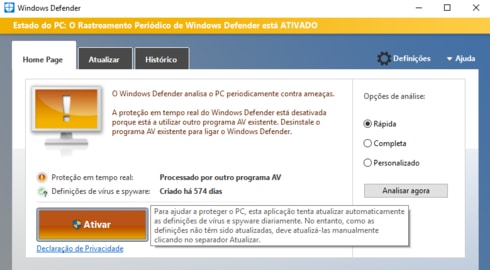

- #Malware years used runonly avoid five .exe#
- #Malware years used runonly avoid five software#
- #Malware years used runonly avoid five code#
The free, simple FSG software compresses both small and large files. Even though it was designed for small files, it has been updated over time so that it can also obfuscate larger malware files. MEW is primarily used for smaller malware file compression using the LZMA algorithm. Unfortunately, it can also be used to encrypt malicious files and complicate attempts to reverse-engineer malware. Themida was developed by Oreans to protect Windows applications from hackers. The polymorphic engine is also used to create completely unique decryptors for malware. Unlike most other packers, Morphine includes its own PE loader, allowing users to encrypt the output of compressed data.
#Malware years used runonly avoid five code#
Designed by WebToolMaster, this free software is simple to implement and one of the best anti-hacking tools on the market, which also makes it effective at hiding malware code in your system. ExeStealthĮxeStealth is a tool that encrypts files to avoid detection and hacking. Since it has been around for years, Exe Packer 2.300 is one of the most popular packers for malicious file obfuscation.
#Malware years used runonly avoid five .exe#
Exe Packer 2.300Įxe Packer 2.300 is a standard, free software for file compression and decompression. While this free software is extremely useful for regular file compression, it is also easily accessible to hackers and other malware writers. MPRESS was originally designed to compress files and decrease application start times. Nonetheless, The Enigma Protector is commonly used to obfuscate malware. Like most packers, The Enigma Protector is marketed for individuals and businesses who want to protect their files from hacking. UPX is short for the “Ultimate Packer for Executables.” It uses an open-source algorithm that does not require any additional system memory for decompression.

Here are the top 13 most popular packers used in malware today. In order to protect your system from malware and start reverse-engineering the malicious code, you will need to know what kind of packers are most commonly used in malware. It is important to reiterate that packers are not inherently malicious they are simply a tool used to make certain malware more effective by being harder to detect. You will need to know a little about some of the most popular packers used in malware in order to detect them in your own system. However, each packer functions a little differently. This is why it is so important to understand how packers can be used in malware. The process of packer compression or encryption takes the file from its original code to a new state using tried-and-true obfuscation techniques.Īs a result, malware can remain in a system undetected by antivirus software, anti-malware products and other security software, harming the integrity of your system and the security of your data. Packers can encrypt, compress or simply change the format of a malware file to make it look like something else entirely.

In essence, a malware packer is a tool used to mask a malicious file.

Nonetheless, packers are still used today, primarily for malware files. Often known as a “runtime packer,” this software compresses files and then unpacks itself when a program or file is ready to be executed.Īs technology advanced, this kind of file size compression became less of a necessity. For many years, packers were used for completely innocent reasons.


 0 kommentar(er)
0 kommentar(er)
